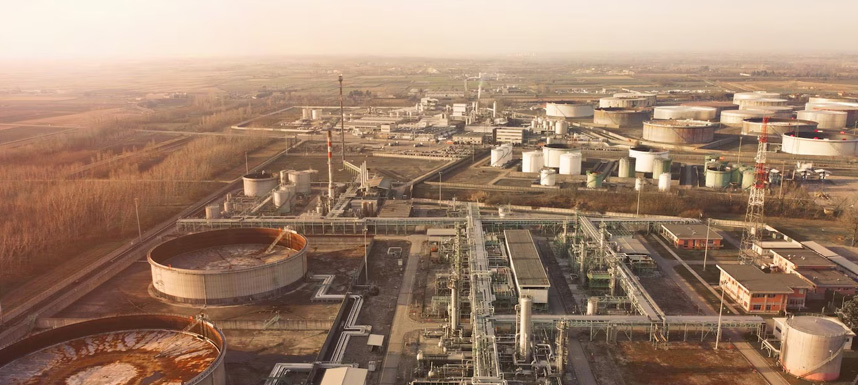
Decoding Wastewater: Understanding its Composition, Properties, and Environmental Impact on Both Inorganic and Organic Components
Wastewater, often seen as a simple byproduct of human activities, is in fact a complex amalgamation of substances that demands thorough comprehension and treatment. In this article, we embark on a journey into the intricate world of wastewater, unraveling its constituents, physical characteristics, and the myriad factors that influence its treatment processes.
Understanding Wastewater Constituents:
Wastewater constituents encompass a wide array of substances from domestic, industrial, and agricultural sources. These include organic and inorganic compounds, heavy metals, pathogens, and nutrients. Grasping the composition of wastewater is not just informative, but also a responsibility, as it is crucial for developing effective treatment strategies to mitigate environmental and public health risks.
Physical Characteristics of Wastewater:
The physical characteristics of wastewater play a significant role in its treatment and management. These include temperature, color, odor, turbidity, and pH level. Monitoring and controlling these characteristics are essential for ensuring the efficiency of treatment processes and minimizing adverse environmental impacts.
Inorganic Nonmetallic Constituents in Wastewater:
Inorganic, nonmetallic constituents in wastewater encompass various compounds, including salts, acids, and bases. Common examples include chloride, sulfate, nitrate, and phosphate ions. These constituents can originate from industrial processes, agricultural runoff, and domestic activities, contributing to water pollution and ecosystem degradation if not properly managed.
Metallic Constituents in Wastewater:
Metallic constituents in wastewater pose significant environmental and health concerns due to their toxic properties and persistence in the environment. For instance, lead can cause neurological damage, mercury can accumulate in fish and affect human health, and cadmium can cause kidney damage. These heavy metals are commonly found in wastewater from industrial discharges, mining activities, and urban runoff. Effective removal of metallic constituents is essential to prevent contamination of water bodies and safeguard human health.
Aggregated Organic Compounds in Wastewater:
Aggregated organic compounds in wastewater comprise a complex mixture of substances derived from organic matter, including carbohydrates, proteins, lipids, and surfactants. These compounds contribute to wastewater's biochemical oxygen demand (BOD) and chemical oxygen demand (COD), influencing its biodegradability and treatment requirements. Managing organic compounds is critical for maintaining water quality and preventing eutrophication in receiving water bodies.
Carminic Compounds in Wastewater:
Carminic compounds, or carmines, are natural pigments derived from insects and used as coloring agents in various industries, including food, cosmetics, and pharmaceuticals. While carmines are biodegradable, their presence in wastewater can affect water quality and pose challenges for treatment processes. For instance, carmines can alter the pH level of water and interfere with biological treatment processes. Proper management of carminic compounds is essential to minimize their environmental impact and ensure compliance with regulatory standards.
Biological Factors in Wastewater Treatment:
Biological factors are crucial in wastewater treatment processes, particularly biodegradation and nutrient removal. Microorganisms such as bacteria, fungi, and algae play key roles in breaking down organic matter and removing nutrients through aerobic and anaerobic digestion, nitrification, and denitrification. For instance, bacteria can convert ammonia to nitrate in the nitrification process, while algae can absorb excess nutrients in the water. Understanding the microbial ecology of wastewater treatment systems is essential for optimizing treatment efficiency and achieving desired water quality standards.
Conclusion:
Wastewater management is a multifaceted challenge that necessitates a comprehensive understanding of its constituents, characteristics, and treatment factors. By examining the diverse array of substances present in wastewater and their respective impacts, you, as stakeholders, can develop informed strategies to address water pollution and promote environmental sustainability. Through your effective management and treatment practices, we can collectively mitigate the adverse effects of wastewater and safeguard the health of ecosystems and communities.
Get in Touch
Connect with us today for tailored solutions, exceptional service, and transformative results for your wastewater needs.
Call us on
+91-8882354793
Email us
contact@agileventures.in
